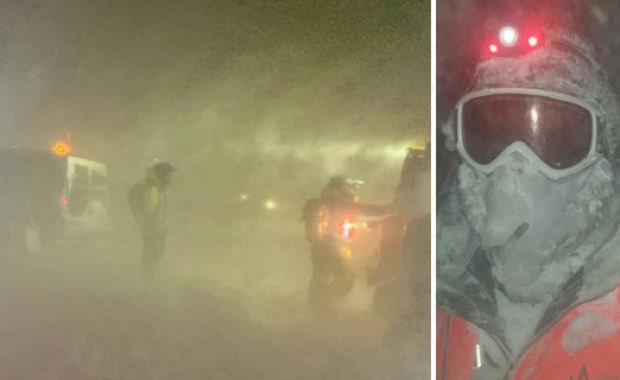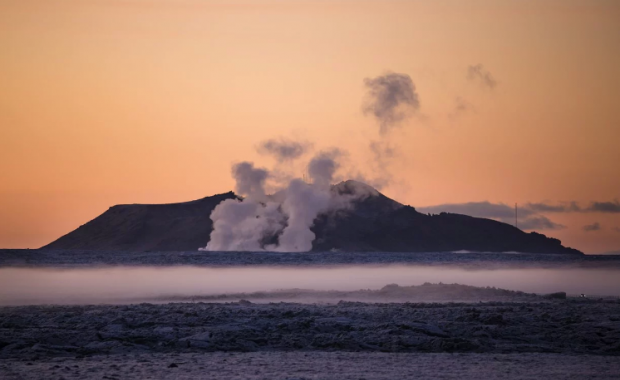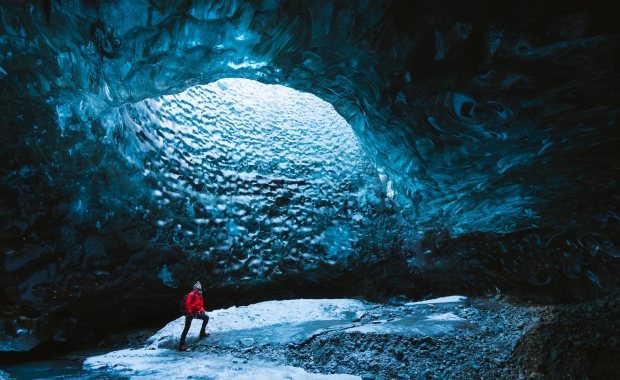Scientists from the Institute of Earth Science made last Sunday a surveillance flight with a helicopter over the eruption in Holuhraun. The eruption shows no sign of dying down and the new lava field now covers 84.4 square km (32.2 sq mi). It is on average 10 m (33 ft) thick in the eastern part, about 12 m (39 ft) in the center, and about 14 m (46) or more in the western part according to the Icelandic Met Office (IMO).

The eruption began on August 29th when lava surfaced through a row of more than 200 years old craters in Holuhraun lava field, an ice-free zone about 35 km (22 mi) north of Vatnajökull glacier in the central highlands. Gradually the eruption compressed into the large crater pictured above, with high walls and lava overflowing its lower northeast ledge. Baugur, as the crater has been named, is close to 100 meters (328 ft.) high and is at least 400 meters (1,312 ft.) long and 100 meters (328 ft.) wide.
Scientists from the Institute of Earth Science made last Sunday a surveillance flight with a helicopter over the eruption in Holuhraun. The eruption shows no sign of dying down and the new lava field now covers 84.4 square km (32.2 sq mi). It is on average 10 m (33 ft) thick in the eastern part, about 12 m (39 ft) in the center, and about 14 m (46) or more in the western part according to the Icelandic Met Office (IMO).

The eruption began on August 29th when lava surfaced through a row of more than 200 years old craters in Holuhraun lava field, an ice-free zone about 35 km (22 mi) north of Vatnajökull glacier in the central highlands. Gradually the eruption compressed into the large crater pictured above, with high walls and lava overflowing its lower northeast ledge. Baugur, as the crater has been named, is close to 100 meters (328 ft.) high and is at least 400 meters (1,312 ft.) long and 100 meters (328 ft.) wide.







